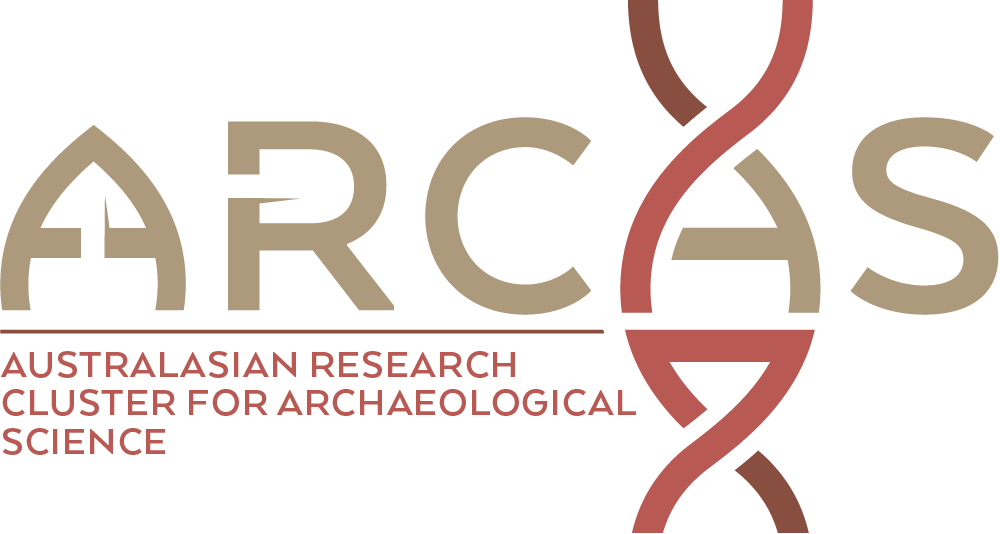Testing the endurance of prehistoric adornments: Raw materials from the aquatic environment
Publication date: June 2016Source:Journal of Archaeological Science, Volume 70 Author(s): Monica MărgăritRaw materials deriving from the aquatic environment were systematically used for personal ornamentation by modern humans throughout their entire history. In this study we analyse three types of raw materials: Lithoglyphus sp. shells, Unio sp. valves and Cyprinus carpio opercular bones. The central purpose of this paper is to initiate a database of the way in which wear develops according to the system of attachment and the longevity of use. In order to identify the costs invested in the manufacturing of these types of items, both from the point of view of time and effort, an experimental programme has been developed, which permits the recording of all the variables (means of gathering the raw material, technological stages, time recorded for each operation, and tools used). Furthermore, it was set the task of wearing the beads experimentally processed, as adornments, for two years, and of periodically evaluating the perforation and the surface of the pieces under a microscope. Moreover, observations made on archaeological specimens were compared to experimental replicas. The archaeological assemblages from the Romanian Neolithic were used as a case study to illustrate the relevance of the results.
